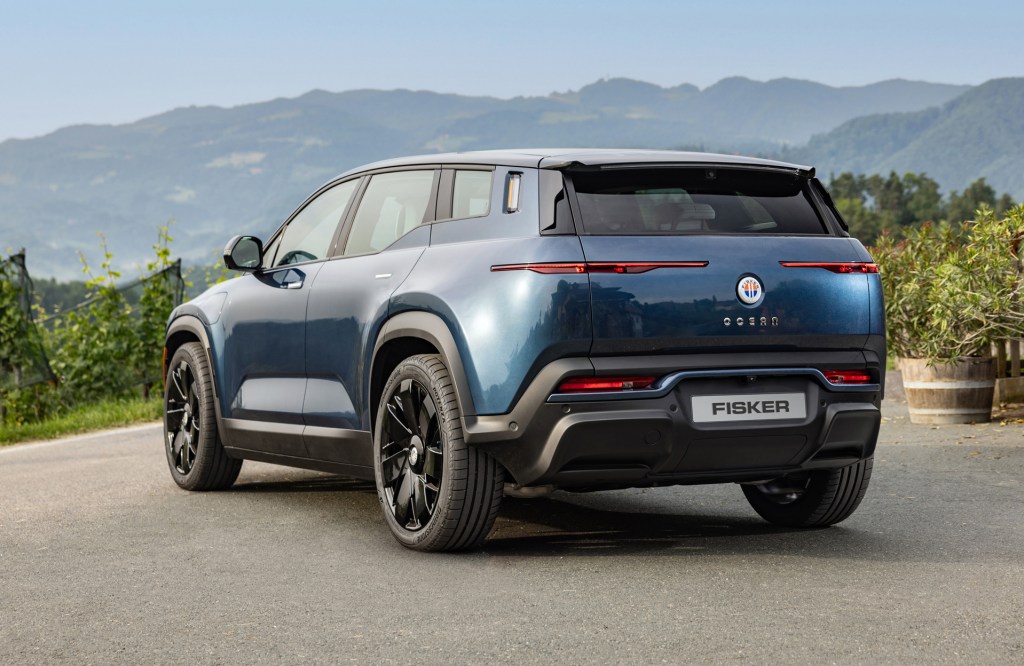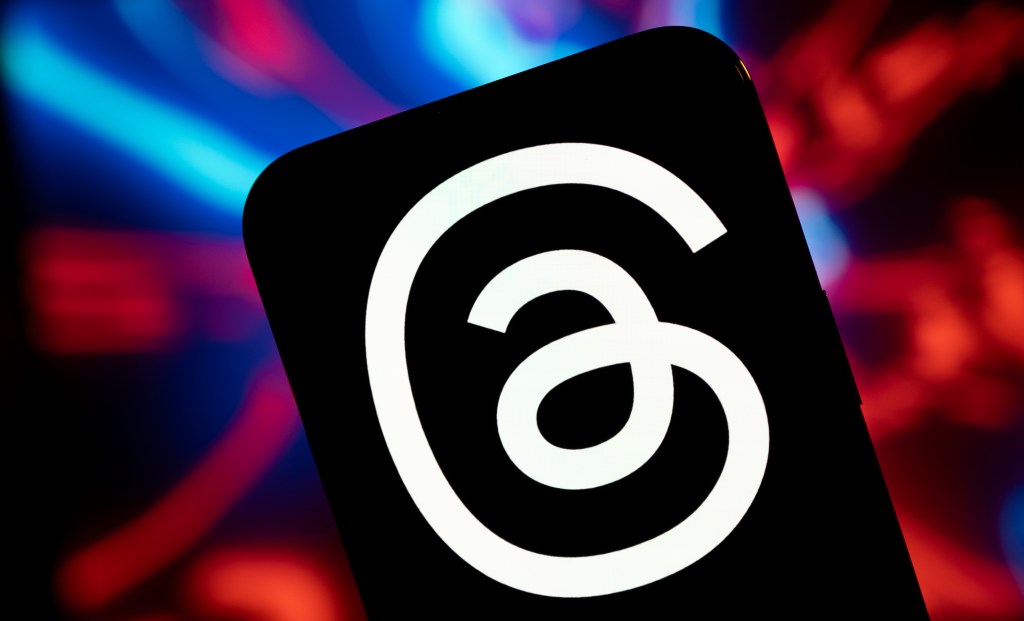Ford started production yesterday on its F-150 Lightning pickup truck, a do-or-die vehicle that takes the automaker’s — and the United States’ — best-selling vehicle and swaps its gas-guzzling engines for powerful electric motors juiced by more than 1,800 pounds of batteries.
The mattress-sized pack can deliver over 300 miles of range, but if Ford wants to win over weekend warriors who tow 28-foot motor boats, it’s going to need better batteries.
While today’s batteries can store more energy than ever — they’ve improved in energy density by 5% per year for the last several years — those steady, incremental increases probably won’t be enough to make EVs a no-brainer for many consumers. Today’s cells are better in every respect than those made five years ago, but they still leave much to be desired. What’s needed are some breakthroughs.
EVs are a relatively small part of the overall market for cars and trucks, but they make up nearly 80% of the demand for lithium-ion batteries, far outpacing devices like laptops and phones. And demand is only going to increase. The world is expected to need 5,500 GWh of batteries by 2030, according to Wood Mackenzie, a 5x increase over today, thanks to changing consumer tastes and looming phaseouts of fossil-fuel vehicles.
Over the next five years, the battery world is poised to undergo a significant transformation. I’ve sifted through a long list of startups to find the nine most interesting ones that are developing technologies to make batteries weigh less, charge faster and last longer. In the last year and a half, they’ve collectively raised $4.1 billion — some of that through special purpose acquisition companies but the vast majority from late-stage venture and corporate rounds.
Solid-state
The battery tech that’s been getting the most attention recently is solid-state, and for good reason. Automakers are salivating at the idea of EVs with a range of over 400 miles that can be recharged in 15 minutes, which solid-state batteries have the potential to deliver.
Solid-state batteries earn their name by replacing the liquid electrolytes that shuttle ions from one side of the battery to another with solid versions. Solid electrolytes offer a few advantages. For one, they can prevent the growth of dendrites, stalactite-like spikes of lithium that can form on a battery’s electrodes. Dendrites can grow relatively easily in the liquid, so battery makers add an ion-permeable separator to prevent dendrites from bridging the gap between positive and negative electrodes.
If the separator is damaged, as happened in defective Chevy Bolt battery packs, then dendrites can cause a short circuit that can start a fire.
The other thing that solid electrolytes can enable is what’s known as a lithium-metal battery. In a typical lithium-ion battery, when lithium ions are on the anode side, they’re stored in graphite. Graphite anodes are inexpensive and stable, but they add weight to a battery. Eliminating them would help lighter batteries store more energy, but lithium-metal anodes are prone to forming dendrites. To prevent dendrites from growing long enough to short-circuit the battery, researchers are working on solid electrolytes that not only block the stalactites but also won’t create problems with the anode’s highly reactive lithium.
Three companies in particular show promise in solid-state. One is Factorial, which has raised $253 million, including a $200 million Series D that closed in January and was led by Mercedes-Benz and Stellantis, the automaker created by the merger of the Italian-American Fiat Chrysler Automobiles and France’s PSA Group. Factorial, based in the Boston suburb of Woburn, Massachusetts, had operated in stealth mode until last April.
Like many battery startups, not much is known about the specifics of Factorial’s technology beyond some generalities. Like other all-solid-state battery companies, Factorial is developing a solid electrolyte. They say theirs can improve energy density by 20% to 50% without harming lifespan.
Another frontrunner is Solid Power, a Louisville, Colorado-based company that went public via SPAC in December. Today, the company has a market cap of $1.4 billion — up 17% over its merger valuation — and it has partnered with automakers BMW and Ford and battery manufacturer SK Innovations.
Like Factorial, Solid Power also has its own proprietary solid electrolyte, and it’s also working on other parts of the battery to reduce weight and increase energy density. CEO Doug Campbell told me last year that the company is targeting commercial production in the latter half of the decade.
The third promising solid-state battery startup is Taiwan-based ProLogium, which has raised $936.5 million, according to PitchBook, including a recent investment from Mercedes-Benz. It has an automated pilot production line that it says has produced 8,000 cells sent to automakers for testing.
Not everyone thinks you need to go all-solid-state to produce safe lithium-metal batteries, though. SES is using a liquid electrolyte that’s saturated with a salt that makes the entire fluid stable in the presence of highly reactive lithium metal. The company went public via SPAC in February that was worth $3.6 billion. CEO Qichao Hu told me in November that SES hopes to have its batteries in a car around 2025.
Out with the graphite
ProLogium and Solid Power are also working on an interim solution that blends silicon into a part of the battery traditionally made of graphite. The concept isn’t new — Tesla, for example, has added a small amount of silicon to its batteries, which gives them a slight boost — but no one has figured out how to add even more.
Batteries with high-silicon anodes — the negative side — can charge rapidly and hold significantly more energy, but they can become brittle after a handful of charge cycles. That’s because silicon’s strength — being able to accept a lot of lithium ions — is also a weakness; the expansions and contractions can break down the material.
To get around those problems, companies like Sila are developing silicon nanoparticles that are more resistant to the forces that tear other silicon anodes apart. Sila, which has raised over $930 million, launched a commercial version of its battery last September that debuted in the Whoop 4.0 wearable fitness tracker. Sila plans on using its recent raise to open a plant in 2024 that can supply materials for 100 GWh of batteries. Both Mercedes and BMW have formed partnerships with Sila with a goal of using its materials in EVs starting in the mid-2020s.
StoreDot, an Israel-based startup, is also working on replacing graphite with silicon nanoparticles. Its focus is on extremely fast charging, and to avoid silicon breakdown, it adds a proprietary small-molecule organic compound. (The small molecule part is key — smaller molecules are easier to produce than large organic compounds like proteins.) StoreDot claims that by 2028, drivers with access to high-power chargers will be able to add 100 miles of range in just three minutes.
Hybrid chemistries
Advanced batteries can be expensive, though, and in a typical day, most drivers only use a fraction of their EV’s range. That realization led Mujeeb Ijaz, a veteran battery engineer, to create a battery that combines two different chemistries. His company, Our Next Energy (ONE), which is backed by the Bill Gates-founded Breakthrough Energy Ventures, is touting the mixed approach as a way to provide longer-range EVs at a lower cost.
It works like this: One part of ONE’s battery directly drives the motors, and it consists of lithium-iron-phosphate (LFP) cells that are less energy dense but cheap to make and can be deeply charged and discharged without breaking down. The second part, what ONE calls a range extender, consists of cells with higher energy density that can recharge the traction battery when needed on longer road trips. It says it has a proprietary chemistry for the range extender part, and Ijaz has filed several patents related to the integration of the two parts.
By using two different chemistries, ONE wouldn’t have to worry about its long-range chemistry surviving quite as many charge cycles, allowing it to prioritize density or safety, for example.
Beyond EVs
While EVs are a major driver behind the surge in research and development of new battery technologies, the boom in solar and wind power will spur the installation of over 1 TWh of grid-scale batteries by the end of the decade, according to BloombergNEF.
Typical lithium-ion batteries work just fine for storing wind and solar power, but they’re not optimized for the task. Since most lithium-ion cells that roll off the line are destined for EVs, they prioritize energy density above other attributes, including cost.
Grid-scale batteries, though, don’t need to be as energy dense, of course — they’re not going anywhere. But to compete with existing fossil fuel power plants, they do have to be cheap.
One that might be better suited to the task of stationary storage is 24M’s semi-solid technology, which is based on research that came out of Yet-Ming Chiang’s lab at MIT. Rather than bathing solid electrodes in liquid electrolytes, the Cambridge, Massachusetts-based startup mixes the positive and negative electrodes in a slurry with electrolytes that are specially formulated for each side. The company says that configuration eliminates several steps in the traditional lithium-ion manufacturing process, allowing batteries to be made more cheaply.
Just how cheaply and at what scale remains to be seen, but we may soon find out. Freyr, a Norway-based battery startup focused on manufacturing, has licensed 24M’s technology.
“Compared to conventional lithium battery production, it reduces production from 15 steps to five steps,” Freyr CEO Tom Jensen told TechCrunch last year. Freyr said it is planning to produce 50 GWh per year worth of batteries based on 24M’s semi-solid technology.
Another company, also started by Chiang, is taking a different tack when it comes to grid-scale storage.
Form Energy, based in neighboring Somerville, Massachusetts, stores electricity in its batteries by turning rust into unoxidized iron. When they need to power the grid, the batteries turn the iron back into rust using a chemical reaction involving its electrolyte and oxygen from the air. Each cell is about the size of a washing machine. The setup allows them to stably store electricity for days on end, something that lithium-ion batteries aren’t well suited for. Depending on how many batteries are installed, Form says its system can store around 1 to 3 MW per acre.
If Form and 24M can deliver, it’s likely that by 2030, when drivers plug in their solid-state battery F-150 Lightnings, they’ll be drawing from acres of grid-scale storage charged by nearby wind turbines and solar panels.
Charging ahead
The last few years have seen a remarkable shift in the battery industry. Startups that labored for years on threadbare budgets have been lavished with hundreds of millions in venture and corporate capital. That’s due in no small part to automakers finally embracing an electric future.
But cars and trucks won’t be the only thing touched by the battery revolution that’ll occur over the next few years. Like many advances, better, lighter and longer-lasting batteries will drive changes in our lives that are both unexpected and welcome.































Comment